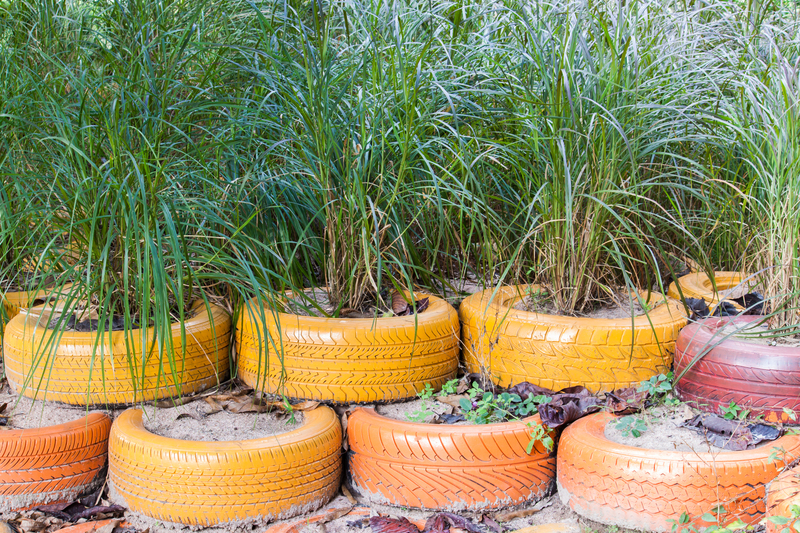Advancing Green Technology with Wood Waste
The surge in environmental consciousness has prompted a global demand for sustainable practices across industries. Among various innovations, green technology is thriving, and a standout in this field involves the utilization of wood waste. This concept not only addresses waste management concerns but also serves as an eco-friendly technological advancement. Below, we will explore how wood waste is paving the road to a greener future through its applications in various sectors.
The Significance of Utilizing Wood Waste
Wood waste, often perceived as a mere disposal problem, is now becoming a valuable resource. This transformation stems from its potential to positively impact the environment and economy. By converting wood waste into usable products, industries can reduce their carbon footprint and lessen their dependency on non-renewable resources.
Understanding Wood Waste
Wood waste refers to a diverse range of by-products generated from logging, woodworking, and manufacturing processes. It includes:
- sawdust
- shavings
- wood chips
- scraps from building and construction activities
Traditionally, these materials have often ended up in landfills, where they contribute to methane emissions. However, recent advancements in green technology have identified these materials as potent resources for sustainable energy and material alternatives.

Innovative Applications of Wood Waste in Green Technology
1. Biomass Energy Production
One of the notable applications of wood waste is in biomass energy production. Biomass energy exploits organic materials to generate power, offering a cleaner alternative to fossil fuels. Wood biomass is particularly appealing due to its carbon neutrality; the carbon dioxide emitted during combustion is offset by the amount absorbed by trees during their growth.
2. Development of Wood-Based Biofuels
Biofuels derived from wood waste showcase another sustainable energy source. These fuels, mainly bioethanol and biodiesel, are produced through biochemical processes like fermentation and transesterification. The ensuing biofuels are utilized in transport and industrial applications, reducing reliance on oil-derived fuels.
3. Creating Sustainable Building Materials
Construction industries are turning to wood waste for developing new, sustainable building materials. These include:
- Compressed wood panels, which are produced by compressing wood chips and sawdust with adhesives
- Oriented strand boards (OSBs), formed by binding wood flakes in specific orientations for enhanced strength
- Engineered wood products that replace conventional materials in building frameworks
These innovations promote resource efficiency and minimize waste, contributing to eco-friendly construction practices.
4. Manufacturing Environmentally Friendly Furniture
The furniture industry is creatively incorporating wood waste into its designs. This not only creates bespoke, sustainable pieces but also capitalizes on the unique textures and appearances of recycled wood.
Environmental and Economic Benefits of Wood Waste Utilization
The transformation of wood waste into valuable resources offers numerous environmental benefits, including:
1. Reduction of Landfill Waste
By diverting wood waste to other productive uses, industries can significantly diminish the volume of materials sent to landfills.
2. Lower Greenhouse Gas Emissions
Implementing wood waste in energy and material production helps to curb greenhouse gas emissions, addressing climate change concerns.
3. Conservation of Natural Resources
Wood waste reuse mitigates the need for virgin resources, alleviating the pressure on forest ecosystems and promoting resource conservation.
In addition to ecological advantages, the execution of wood waste projects fosters economic benefits by stimulating job creation in recycling, manufacturing, and energy sectors. These initiatives support both local economies and global sustainability efforts.

Challenges and Future Prospects
While the potential for wood waste in advancing green technology is vast, certain challenges persist. These include:
- The need for improved collection and sorting systems to ensure the uniformity of feedstock
- Development of advanced technological processes that are economically viable
- Promoting cross-industry collaboration to expand applications
Despite these hurdles, the future looks promising. Ongoing research and development are set to enhance the efficiency and scalability of technologies utilizing wood waste. Increasing public and corporate awareness will also drive further innovation and investment in this sector.
Conclusion
The shift toward sustainable practices is effectively harnessing the hidden potential of wood waste. By advancing green technology in energy production, construction, and manufacturing, wood waste is rapidly transforming into an indispensable ally in combating environmental challenges. As these innovations gain momentum, they hold the promise to not only transform waste management but also to *propel communities* into a more sustainable, prosperous future.
Through vigilant efforts and progressive strategies, wood waste can rise from the ashes of disposal to power tomorrow's *green revolution*.